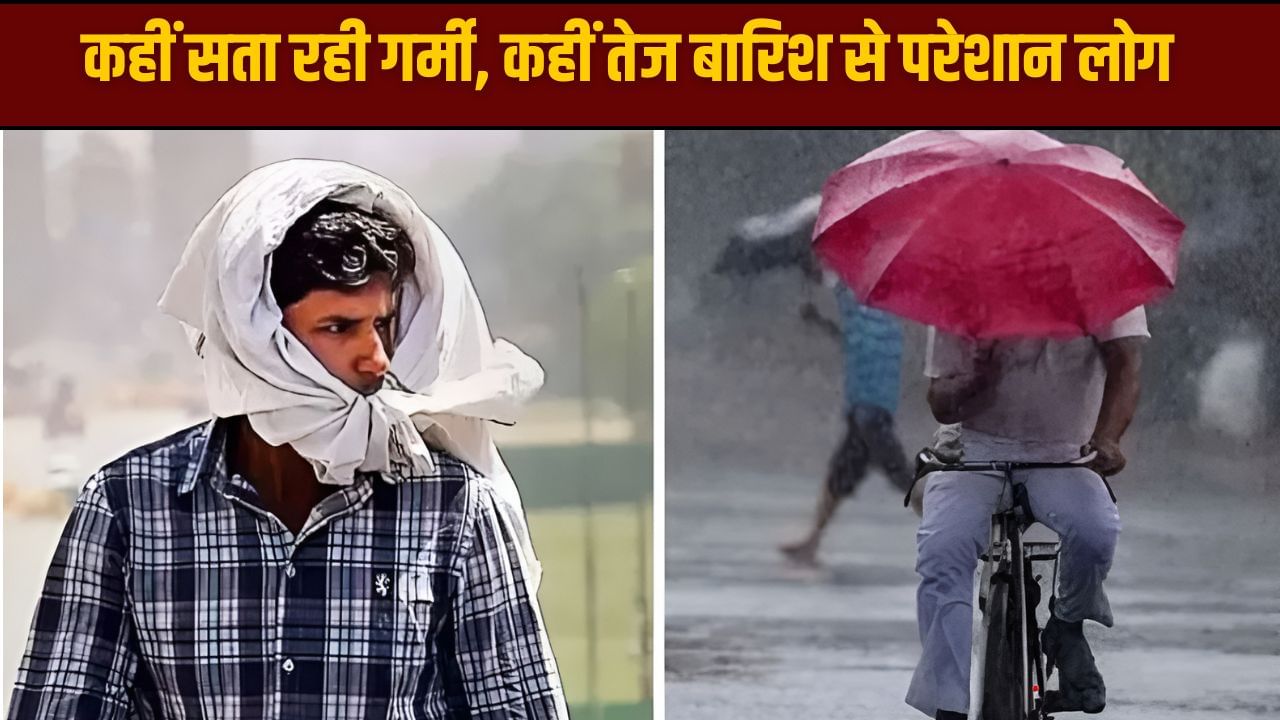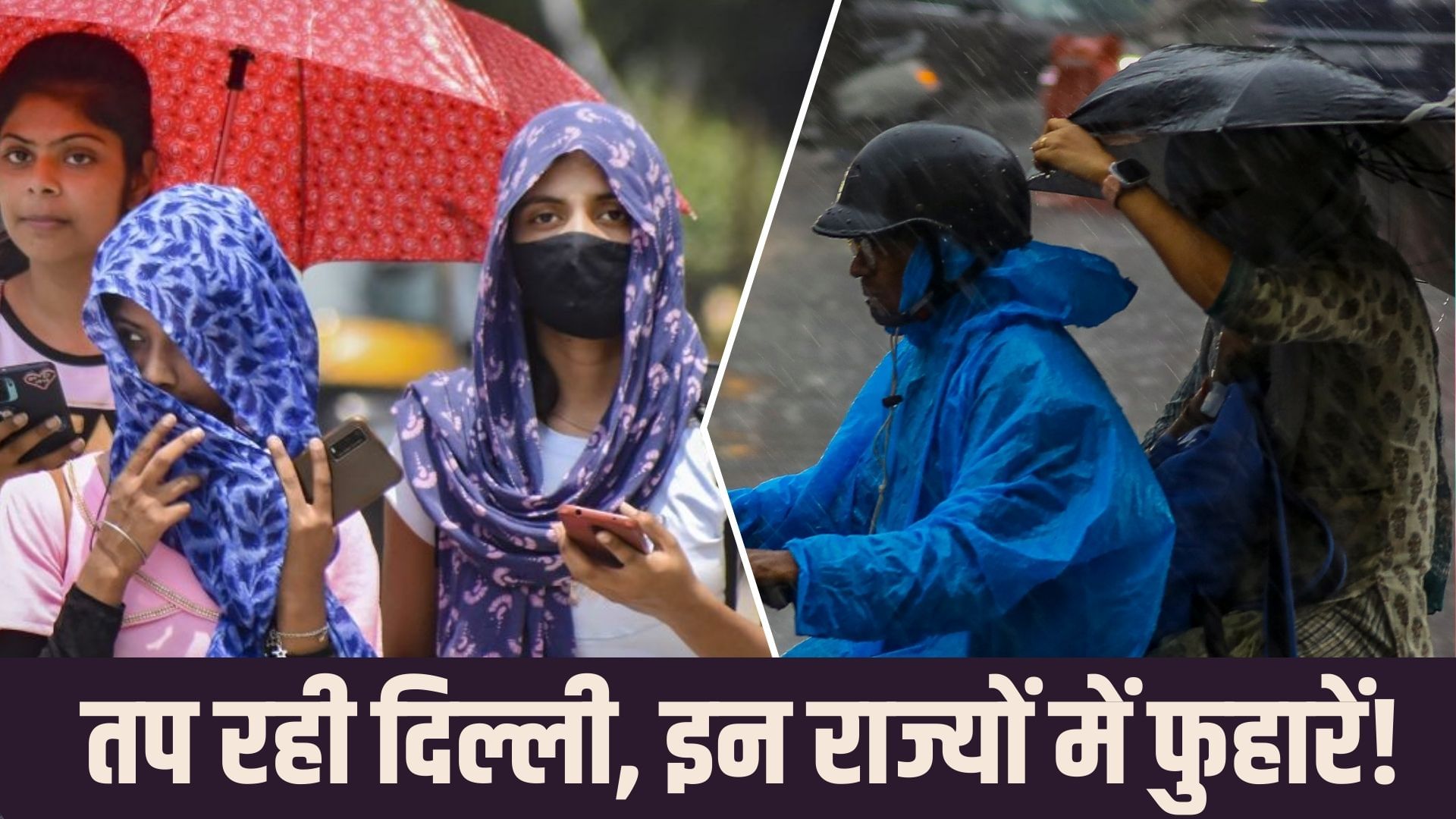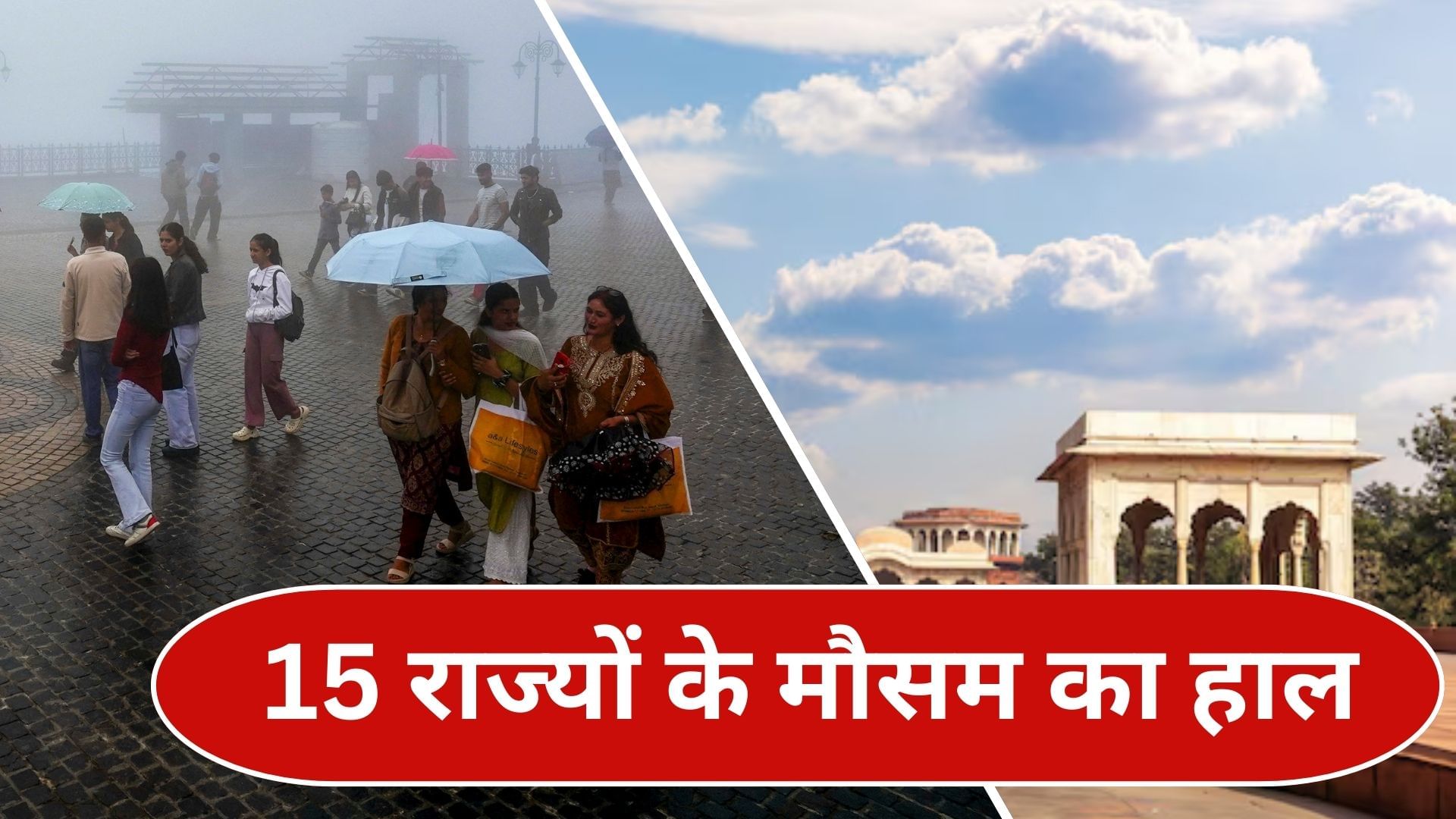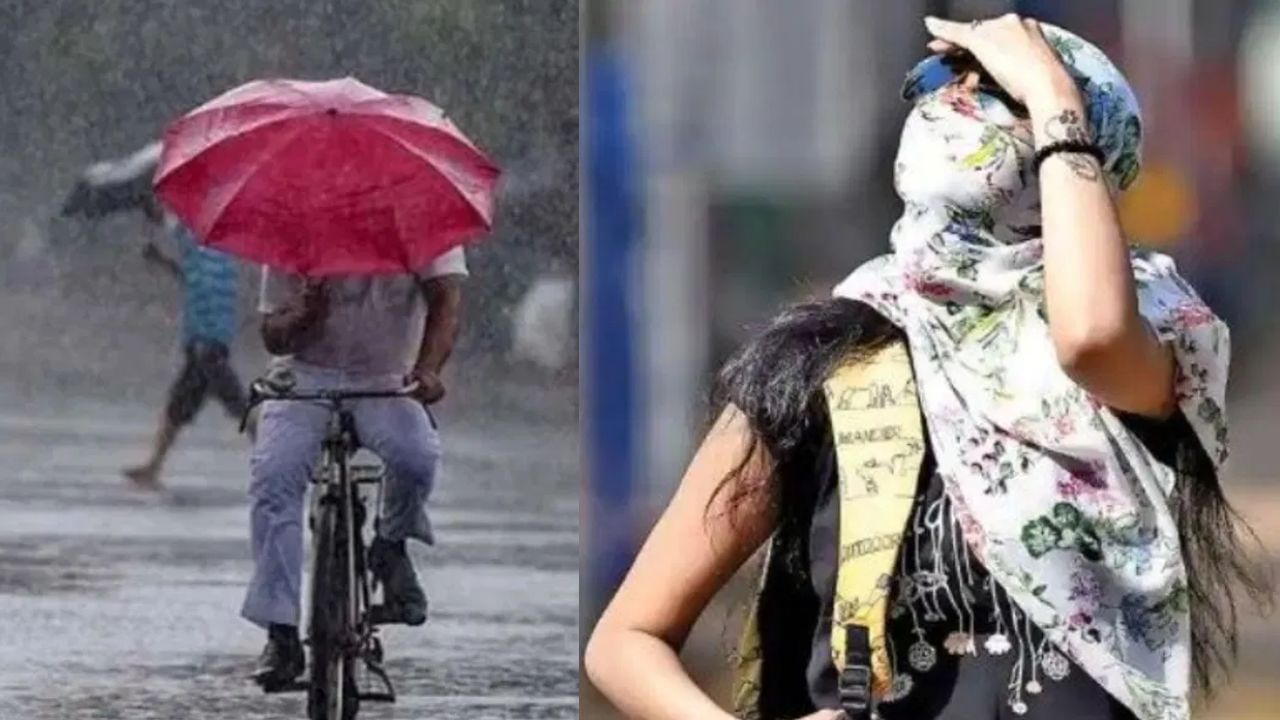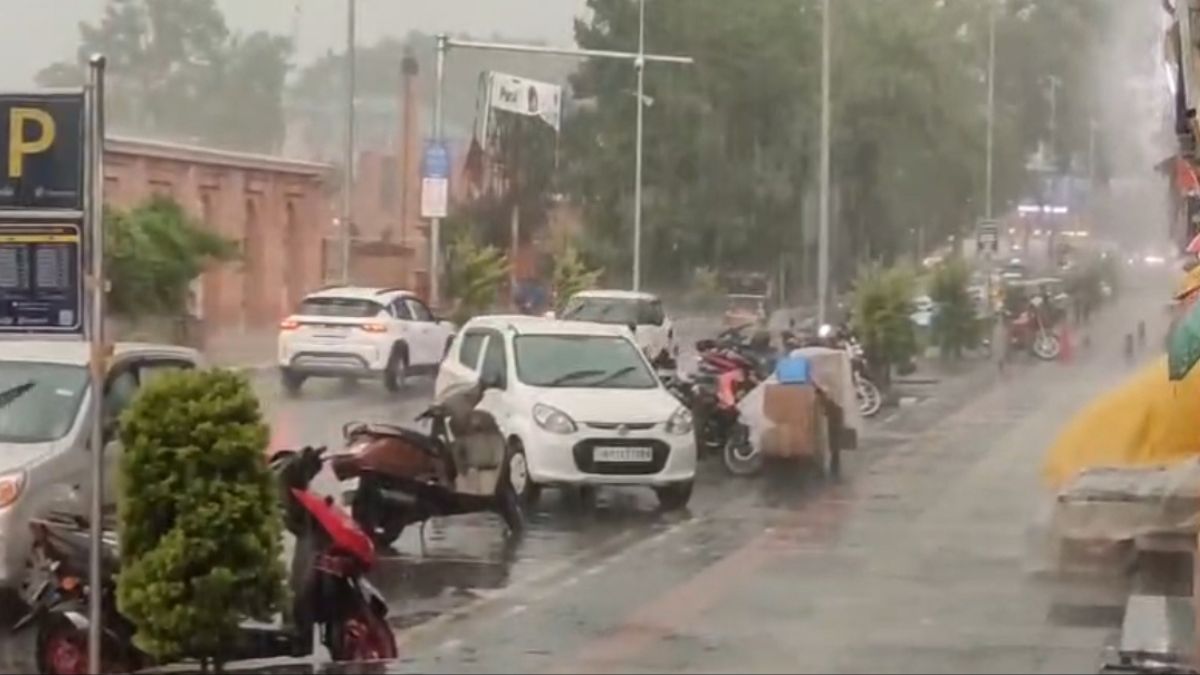Subscribe to Updates
Get the latest creative news from FooBar about art, design and business.
Browsing: heatwave
The weather in Delhi presents a peculiar contrast. While the capital endures scorching heat and humidity, neighboring districts like Meerut and Mathura…
Heatwave in Delhi While Rain Lashes Nearby Areas: Weather Discrepancy and Mountain Devastation
The weather in Delhi presents a peculiar contrast: while the capital endures scorching heat and humidity, neighboring districts like Meerut and Mathura…
The rain in Delhi has subsided. For several days, strong sunshine has been prevalent in Delhi, leading to a rise in temperature.…
The upcoming Asia Cup 2025, scheduled to commence on September 9 and conclude with the final on September 28, has seen a…
The ongoing severe heatwave in Kashmir has significantly affected the annual Amarnath Yatra, leading to the rapid melting of the natural ice…
The prolonged heatwave in the Kashmir Valley has been replaced by heavy rainfall, bringing much-needed relief from the scorching temperatures. However, this…
A severe heatwave is gripping Europe, with temperatures soaring to unprecedented levels and prompting health warnings across the continent. Spain’s state meteorological…
Srinagar, the summer capital of Jammu and Kashmir, has experienced record-breaking temperatures for the second consecutive day, with the mercury reaching 35.5…
Following weeks of intense heat, North India is experiencing a significant drop in temperature. The India Meteorological Department (IMD) has announced the…
The academic year in Chhattisgarh commenced on June 16th with Shala Utsav celebrations across the state. In light of the severe heat,…
Following the rainfall in May, the weather across India remained pleasant. However, in June, Delhi and several other states are experiencing intense…
Heatwave Alert in Delhi, Rain Expected in UP, Weather Updates for Bihar, Jharkhand, and Other States
Following a period of pleasant weather due to May’s rainfall, Delhi and several other states are now experiencing a heatwave in June.…
Following the rainfall in May, the weather in the country remained pleasant. Rains in May in Delhi and several states, including Uttar…
Following a period of pleasant weather due to May rainfall, Delhi and several other states are now experiencing a heatwave in June.…
IMD Forecasts: Heatwave to Grip Rajasthan, Delhi, and Punjab; Heavy Rains in Northeast India
The India Meteorological Department (IMD) has issued a weather alert, predicting scorching temperatures across several states. West Rajasthan is expected to experience…
Heatwave Alert in Delhi, Rain Expected in UP from Tomorrow, Weather Update for Other States
Following the rainfall in May, the weather across the country remained pleasant. However, Delhi and several other states are now experiencing a…


